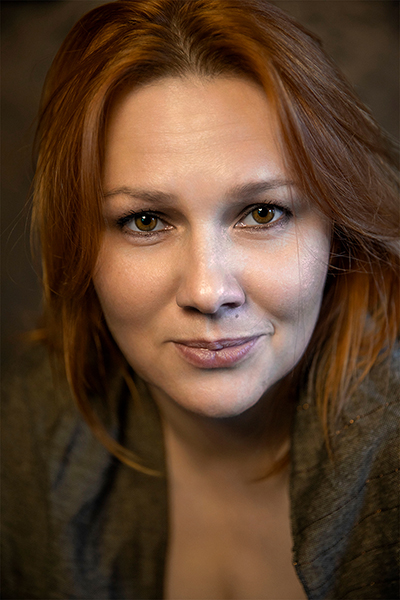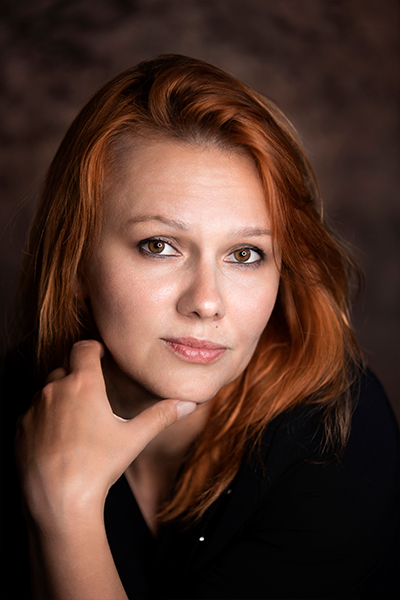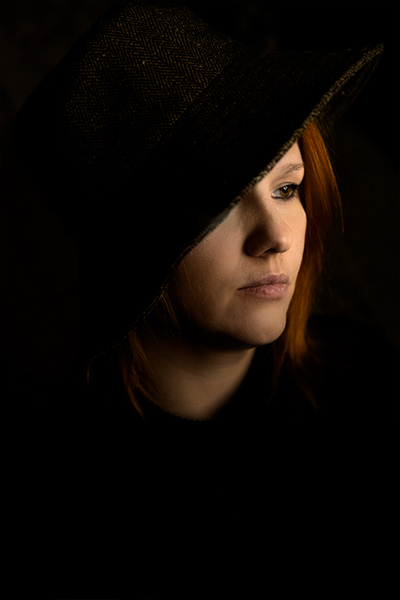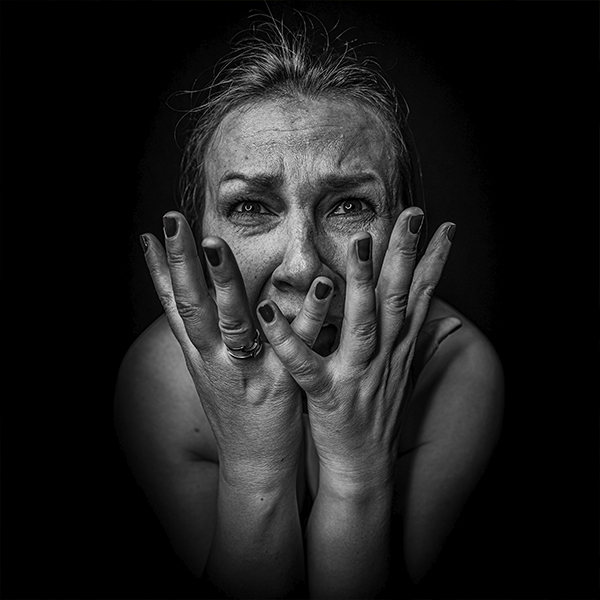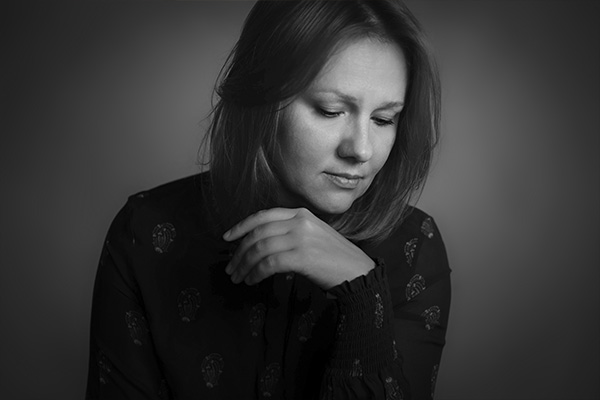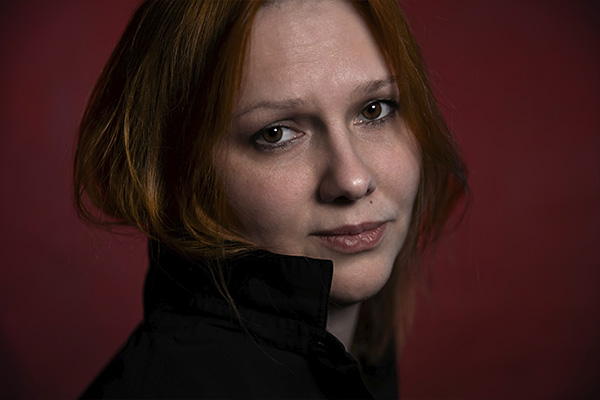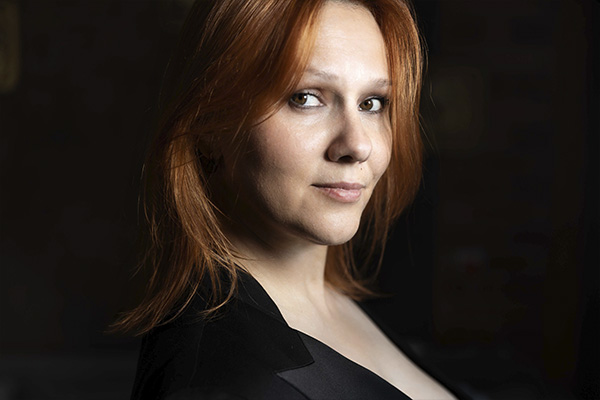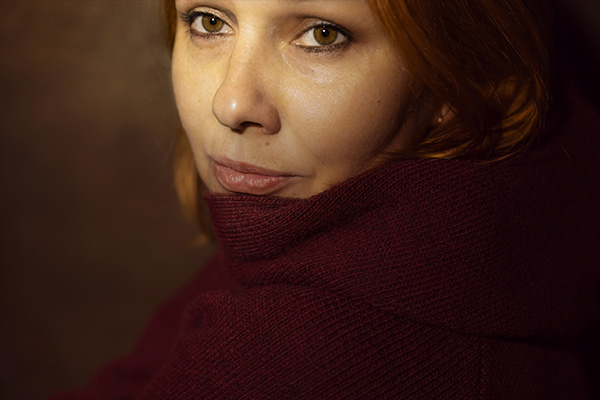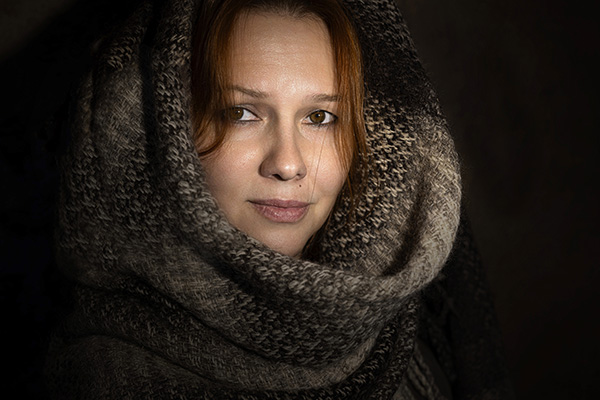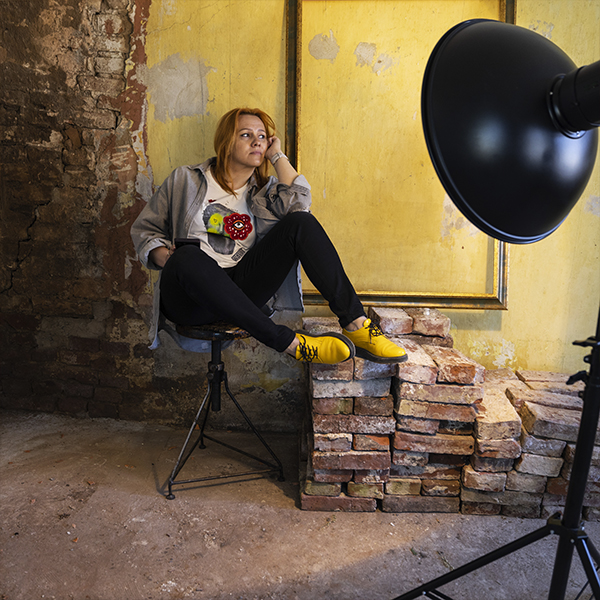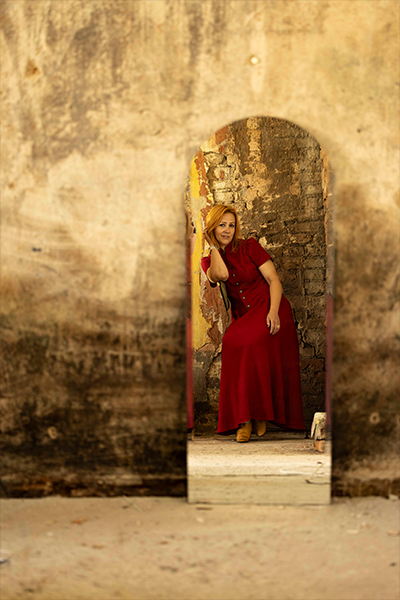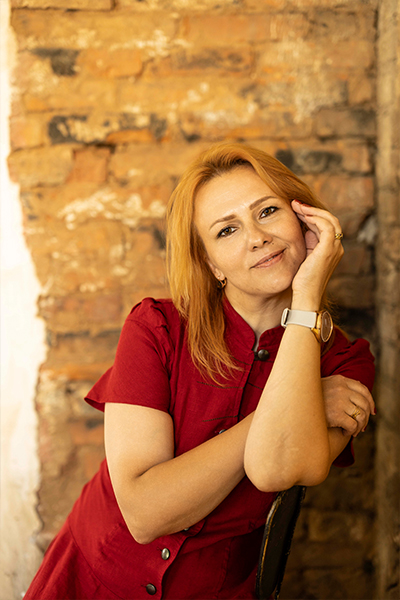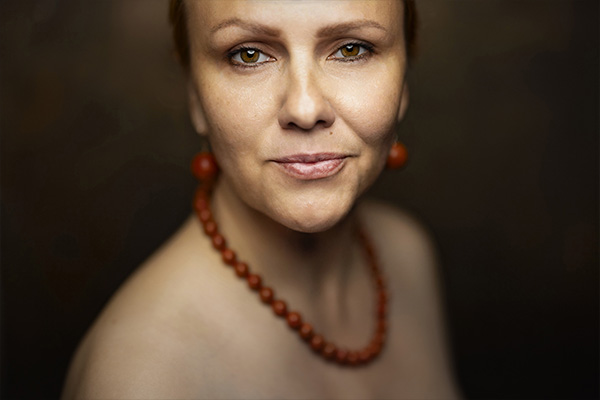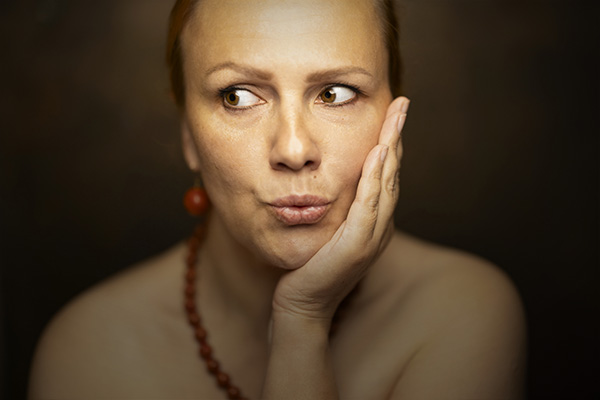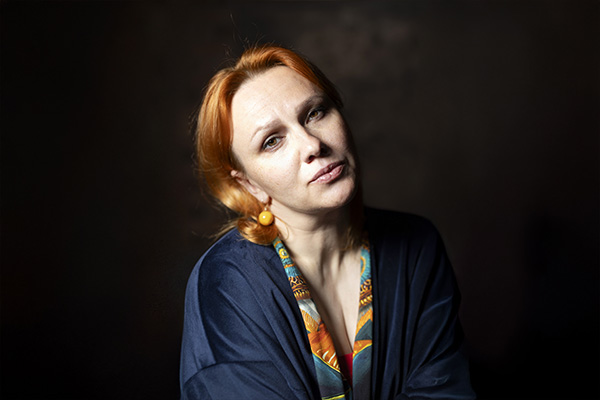A portrait is not about how someone looks — it’s about how one feels inside.
I don’t photograph appearance — I capture a state of being. A mood, a pause, a breath. Something fleeting, yet deeply internal.
I wait not for a pose, but for the instant when the mask drops and presence begins.
I create portraits — both in the randomness of the street and in the quiet, intentional encounter in front of the camera.
Whether someone is posing or unaware of being observed, they begin to open — and that’s the most compelling part of portrait photography.
It’s fascinating to witness how a person materializes and offers their inner self to the world.
In my portraits, I try to capture that unique essence that belongs to each human being as a person, and to each situation as a living part of their story.
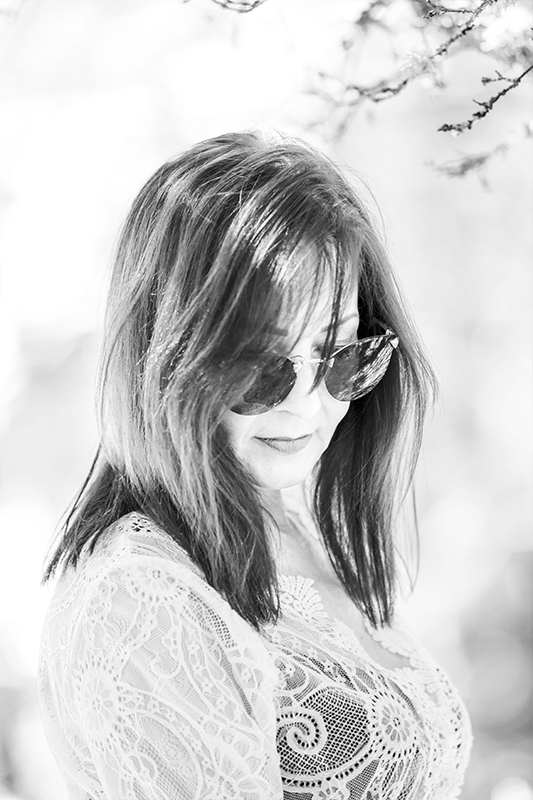 |
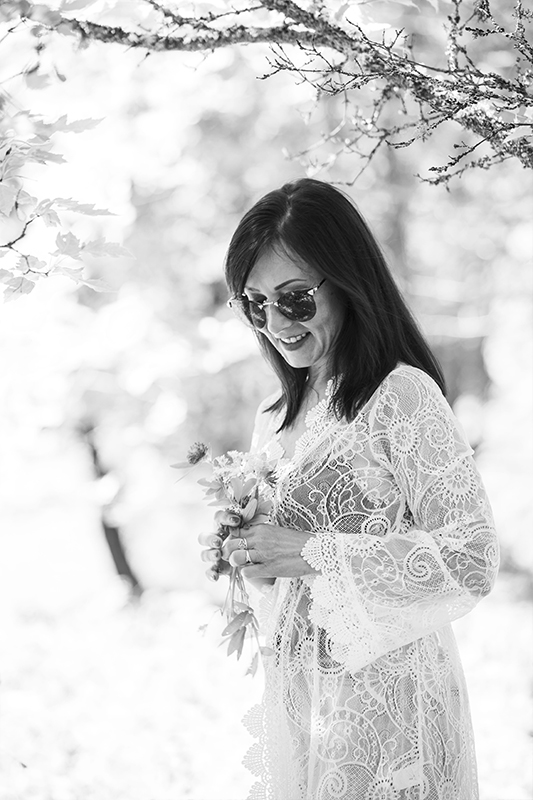 |
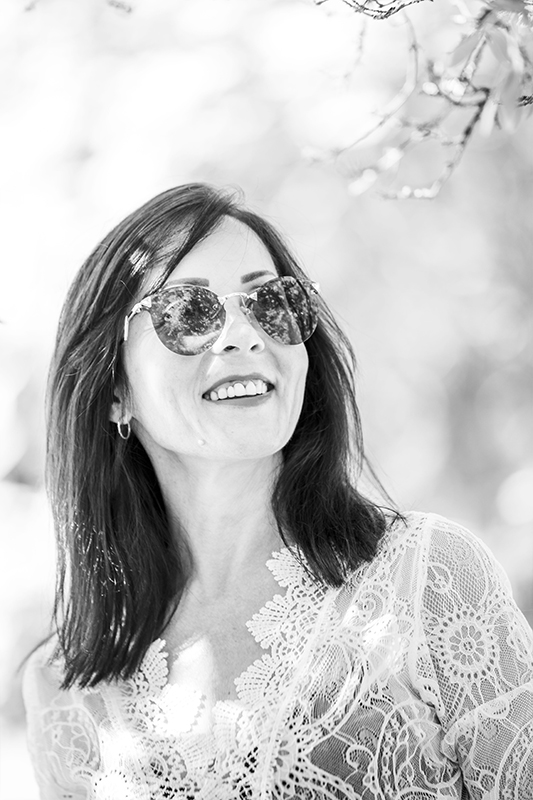 |
It’s fascinating to witness how a person materializes and offers their inner self to the world.
In my portraits, I try to capture that unique essence that belongs to each human being as a person, and to each situation as a living part of their story.
Am I interested in emotion?
Yes — because it’s what distinguishes one person from another.
Am I drawn to image and style?
Absolutely — it’s the visual projection of thoughts and imagination.
Do I care about staged or spontaneous self-expression?
Without a doubt — because any form of expression reveals something essential.


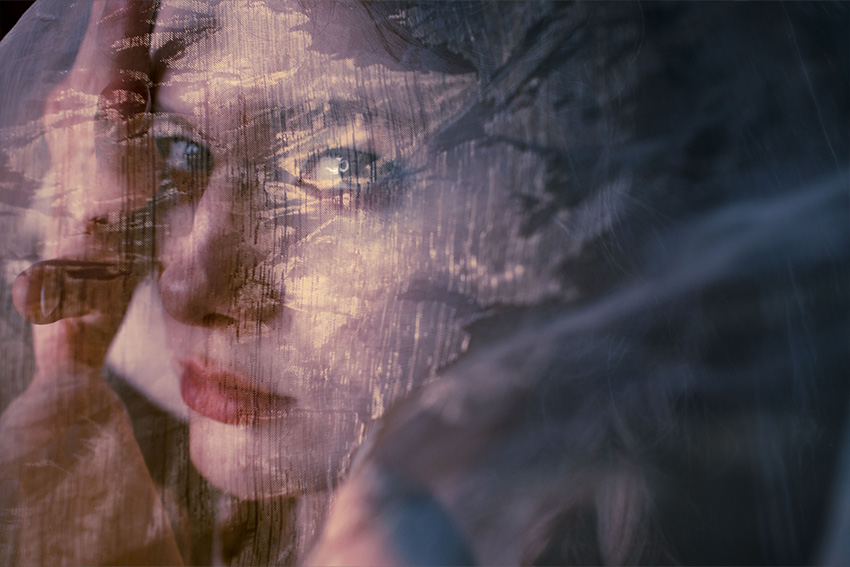
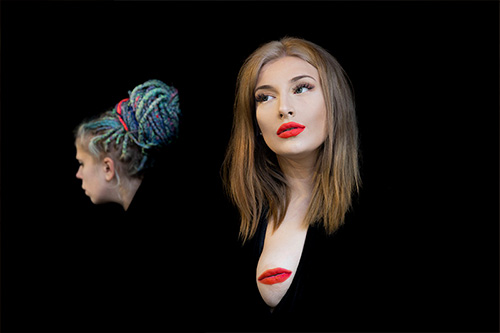
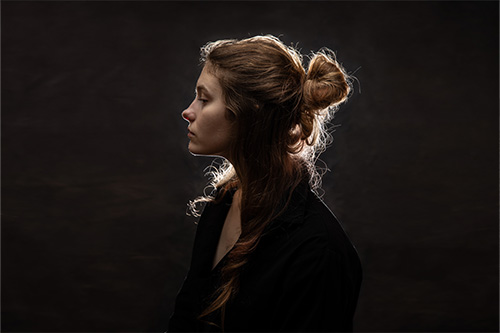
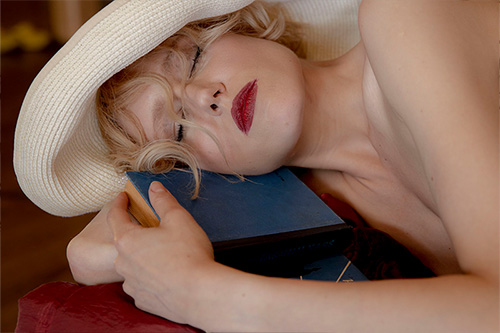

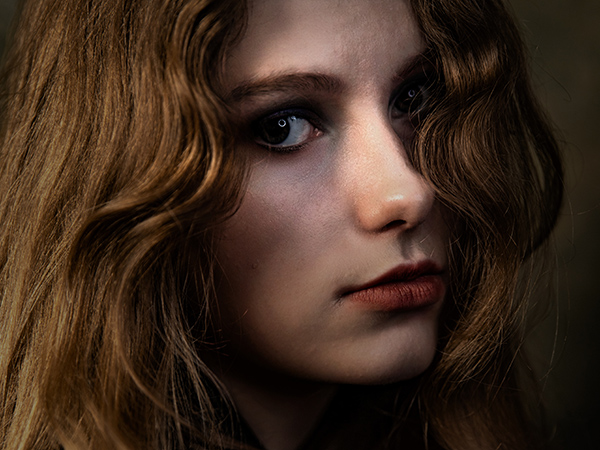
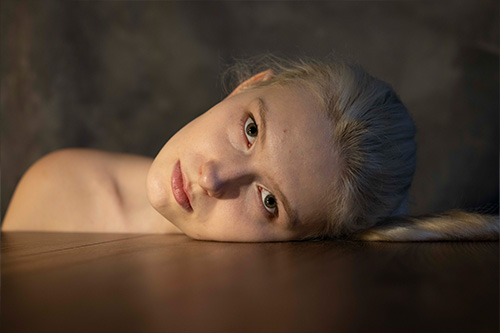
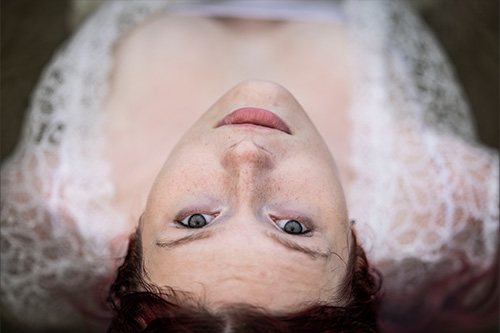
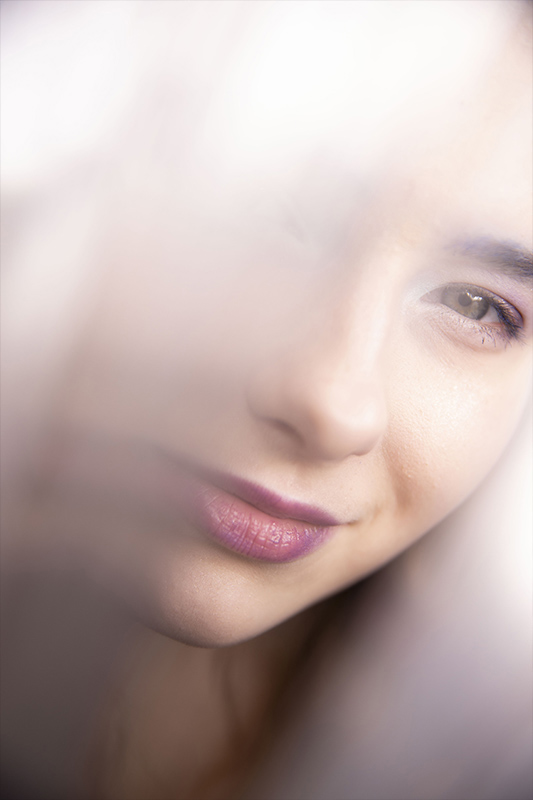
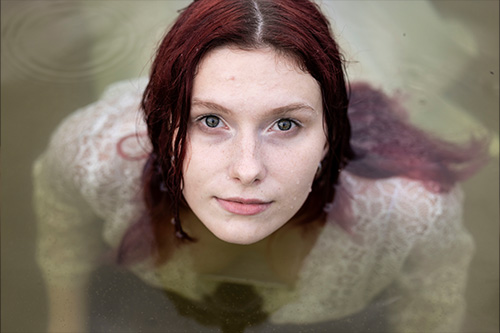
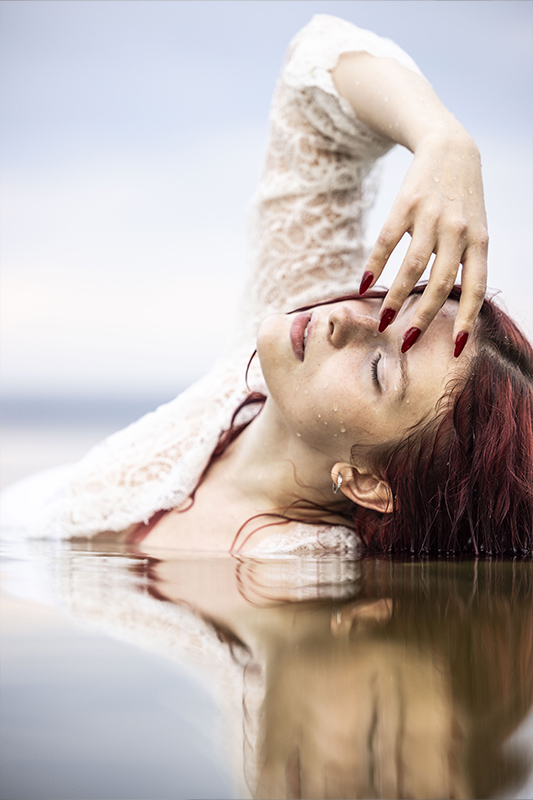
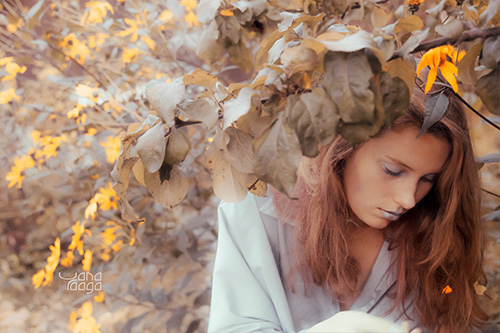
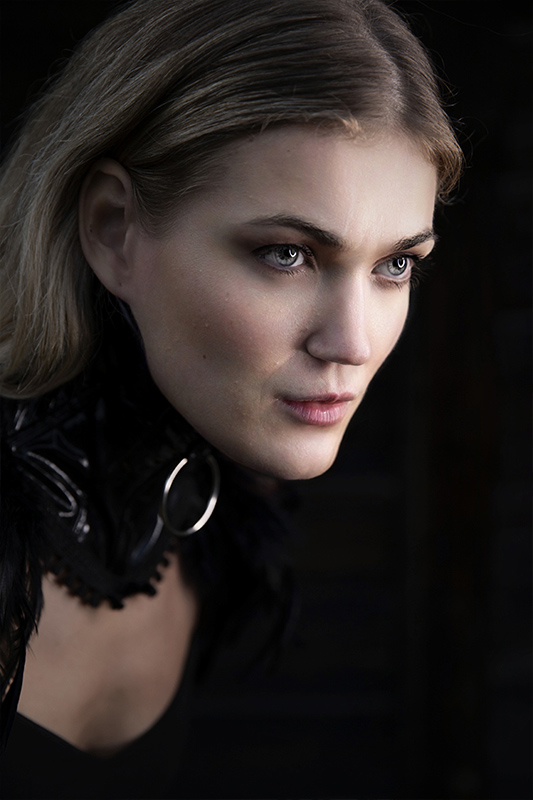
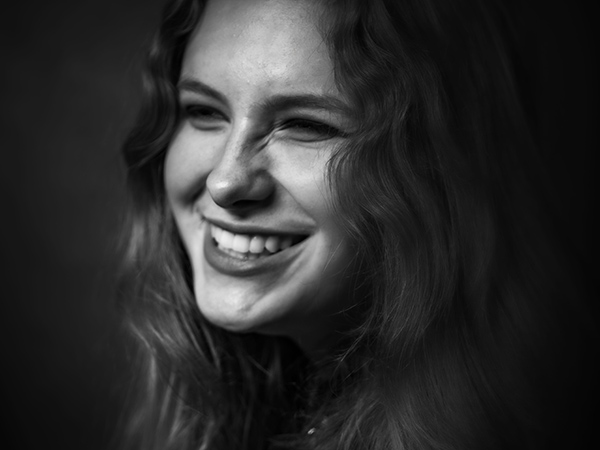
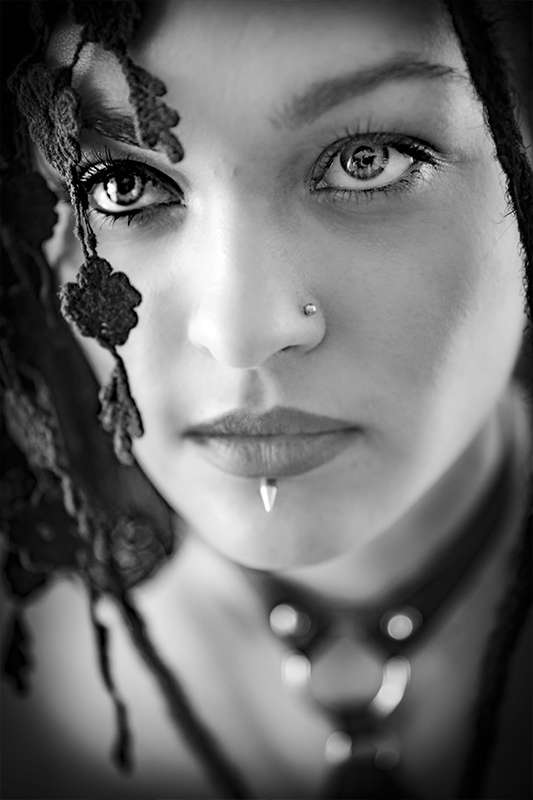
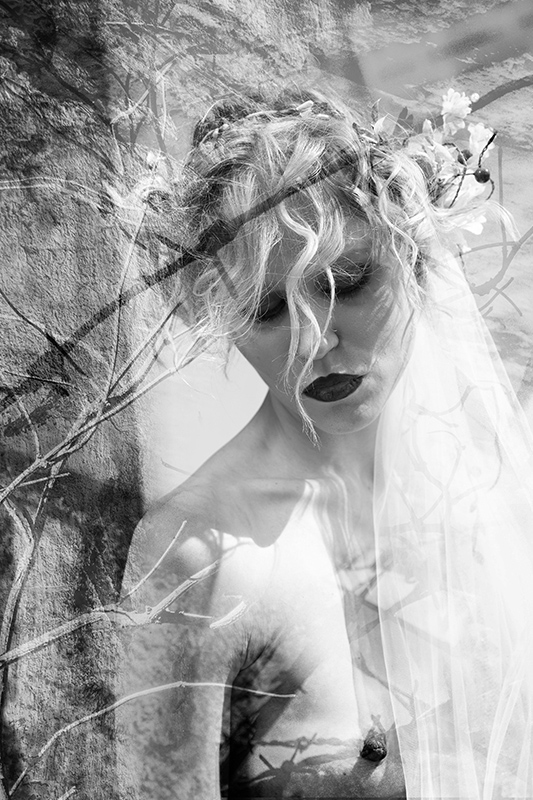
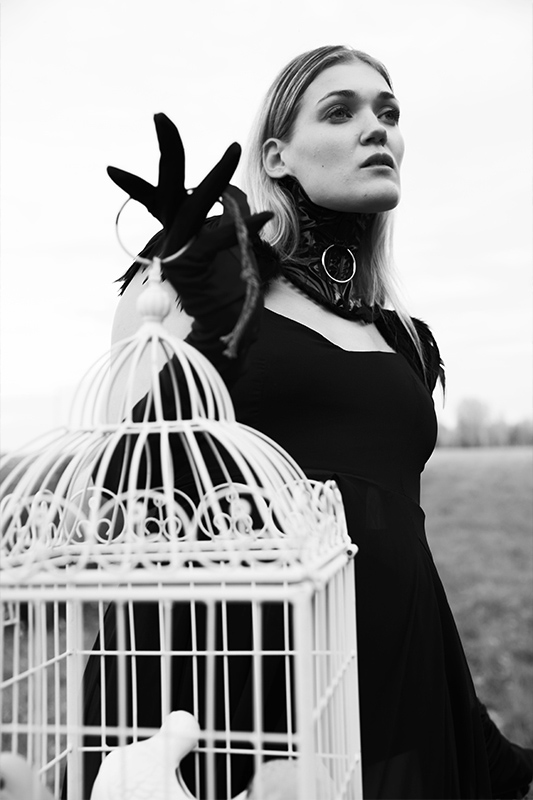
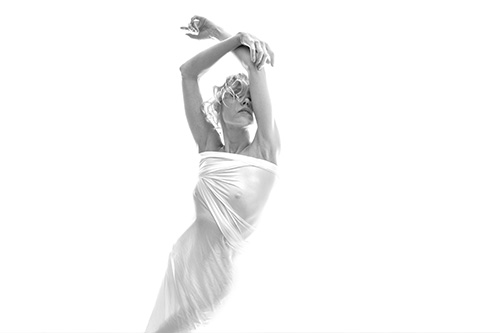
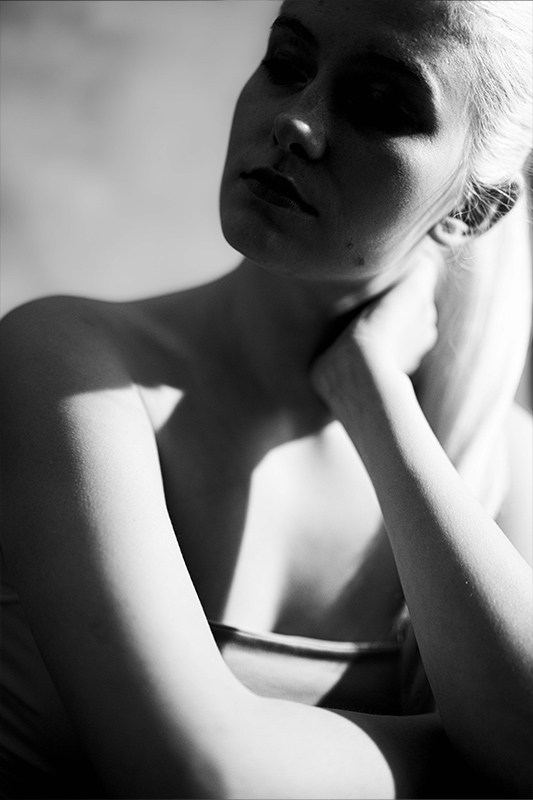
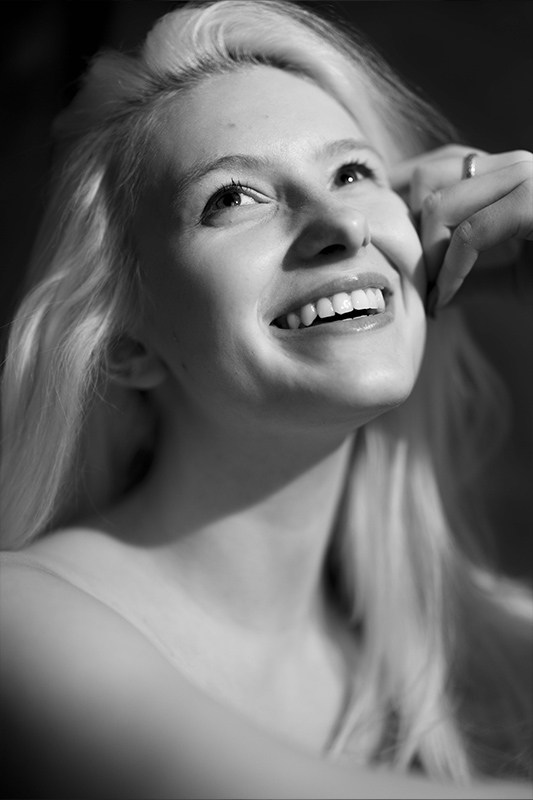
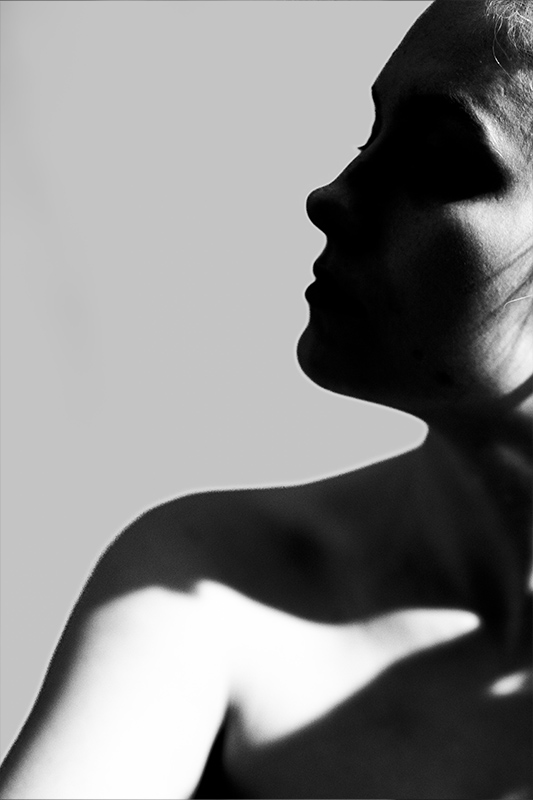
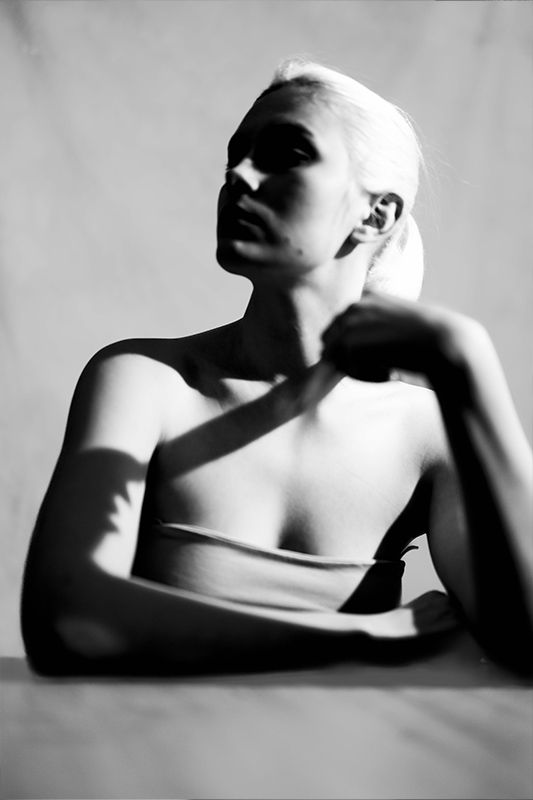
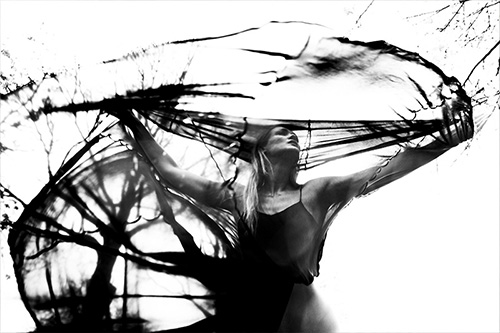
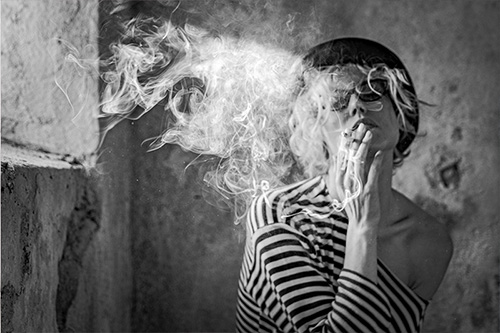
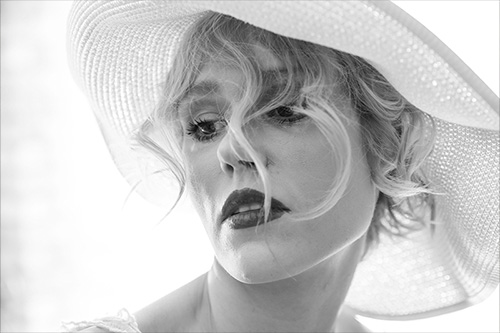
Self-portraits are not just images of the self.
They are acts of self-seeing, self-observation, and self-revealing.
In photography — as in painting — the self-portrait often becomes a way to:
-
Ask the question “Who am I?”
A self-portrait doesn’t always provide an answer.
Sometimes it’s just the beginning of the question — shaped through posture, light, gaze, shadow, or ambiguity.
What’s captured is not the surface, but the inner state. -
Regain control
Especially for women or people from marginalized communities, the self-portrait is a way of reclaiming one’s image.
It allows the photographer to show themselves not as others see them, but as they wish to be seen. -
Enter into dialogue
The self-portrait is a conversation — with oneself, with the future, with an imagined viewer.
It’s an invitation to look from the inside out. -
Freeze a moment
A self-portrait is a diary — not of events, but of inner states.
One image can sometimes speak more than pages of words, because it’s born from a moment of honest intensity. -
Explore visual boundaries
The self-portrait is also a space of experimentation — where the line between documentation and performance, body and image, presence and disappearance begins to blur.


